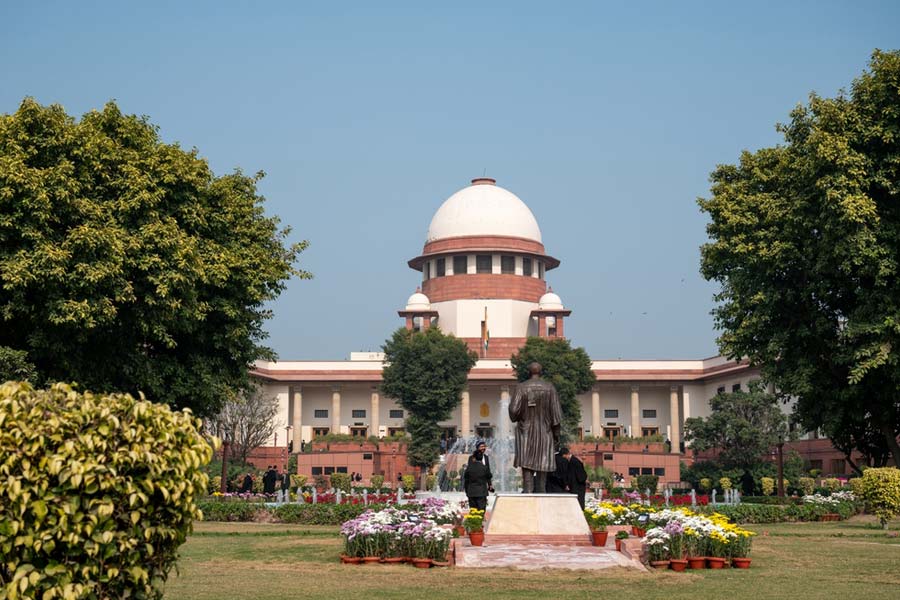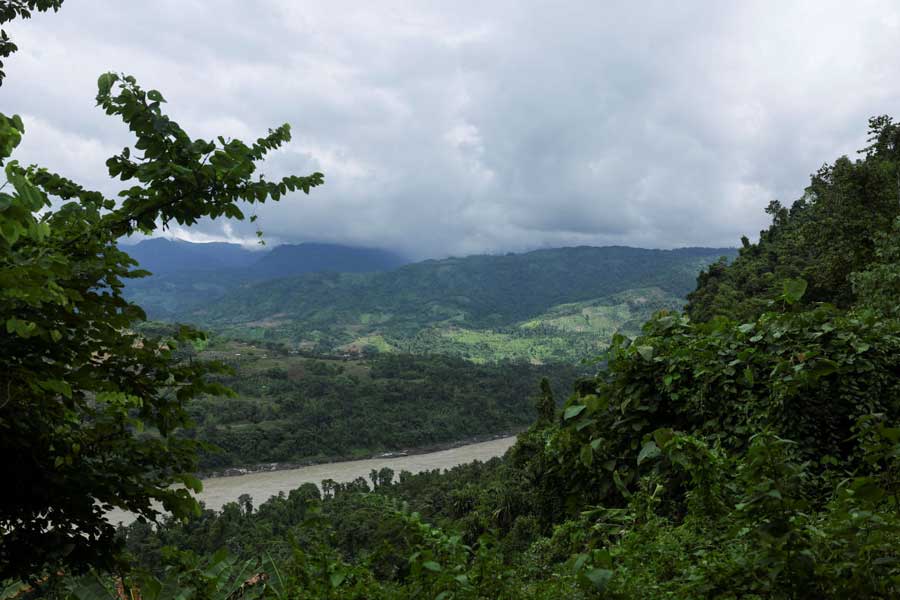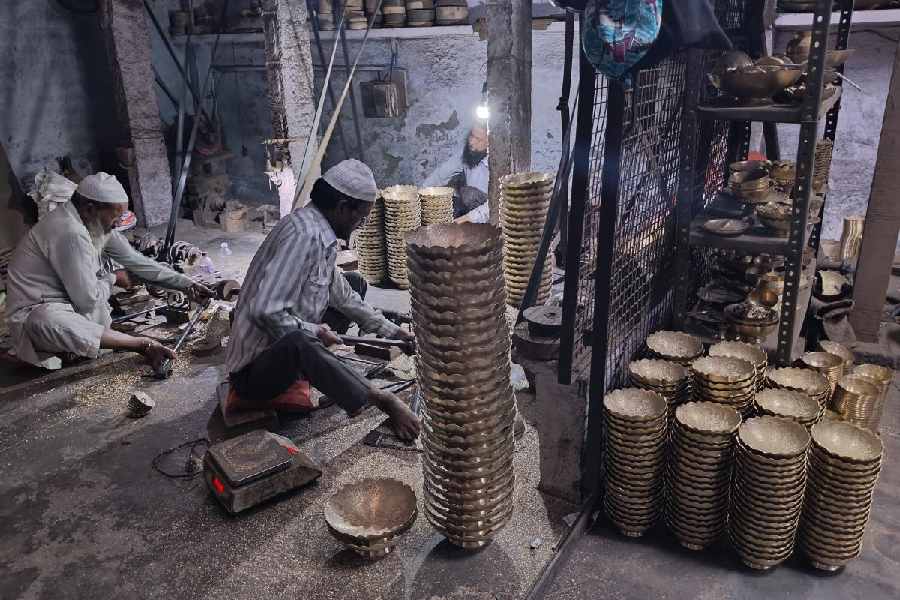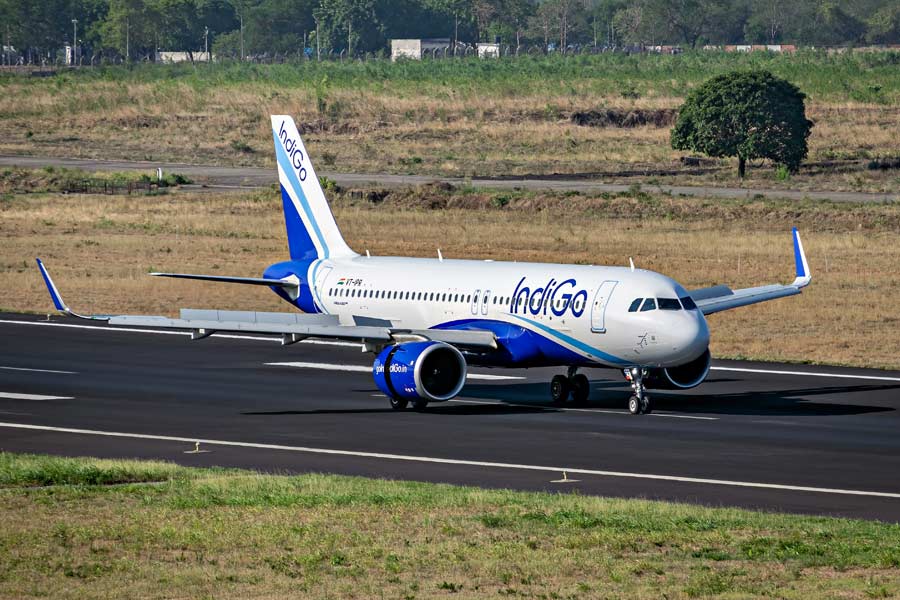 |
 |
 |
 |
| (From top): A view of a volcanic cave complete with swimming pool, bar and restaurant at Jameos del Agua; tourists at Timanfaya, the volcanic national park in Lanzarote; chicken being grilled over natural volcanic fire; a panoramic view of a volcano |
We were at the edge of a pit, gazing down apprehensively. Suddenly a man came by with a bucket of water and gestured for us to move away. He poured the water into the pit and by the time he jumped three steps back, a fiery jet of steam and smoke shot up, blinding us and forcing us instinctively to move back. This was literally, a very warm welcome to Timanfaya ? the volcanic national park in Lanzarote, one of the hottest (pun unintended) tourist spots in Europe.
I was in this idyllic part of the world to shoot a film on eco-tourism, so I had read quite a lot about Lanzarote, one of the Spanish islands in the Canary archipelago. But no amount of reading could have prepared me for the sheer drama and beauty of the place. There’s something for everybody here ? you can take a camel ride in the volcanic desert, just sprawl on the pristine beaches, enjoying the blue waters of the Atlantic Ocean, or indulge in some water sports. You could try fire-walking on the volcanic parks, soak in the history and culture of the island, preserved with the greatest of care, or enjoy the beautiful and unique art of local artist Cesar Manrique whose stamp is everywhere on the island. But then again, Lanzarote is not very big and if you want, you can explore it from end to end in no time at all. However, once you start exploring, you’d probably like to spend an entire day at each halt, and end up staying forever.
I started my explorations just outside my hotel, the Gran Meli Salinas, where every window looked out onto the sea. The impressive hotel stands like a monument in the busy town square of Teguise, the old capital of Lanzarote. Fernando, my Spanish friend, told me I should visit the Teguise Sunday Market, where I would find interesting craft items, as well as local wine, cheese and mojo sauces. I did end up buying a whole lot of curios, African masks and so on. My Indian haggling skills came in handy ? but that was later.
The first stop on my itinerary ? although Fernando tried his best to steer me to the beach where we could see hundreds of topless sun-bathers ? was the Jameos del Agua, developed by Cesar Manrique, the Canarian artist, sculptor, painter, ecologist, urban planner, architect and landscape designer. Manrique has literally and single-handedly influenced the look and feel of the whole island, contributing to it becoming one of the most sought-after holiday destinations in the world. And, also one of the most eco-friendly tourist spots.
In 1987, Lanzarote was declared one of the six universal models of sustainable development by the World Tourism Organisation and in 1994, it was declared a reserve of the biosphere by UNESCO. Indeed, so successful is tourism in Lanzarote, that it has overtaken fishing and agriculture as the single biggest basis of the island’s economy.
Jameos del Agua comprises galleries of connecting caves and underground grottoes, and is described as a giant volcanic tube. It’s located at the foot of the volcano, Monte de la Corona, which Fernando told me had erupted 3,000 years ago, and was artistically developed for viewing by Cesar Manrique in 1968.
We entered though a winding staircase into the Jameo Grande, a roofless volcanic bubble which is 100m long and 30m wide, and from there into a magnificent garden with a large swimming pool. A dance floor, a couple of restaurants, two bars and an auditorium, built into the niches formed by the rocks looked like an exciting place for a night out.
Feeling more and more as though I was entering Aladdin’s cave, I walked further on to discover a concert cave, which could seat a good 600 spectators. At the foot of this cave is a large stage that extends into the next volcanic bubble called Jameo de la Cazuela.
I was shaken to the core with what I’d just seen ? there appeared to be no limit to man’s imagination and what he could do even in a barren, volcanic setting.
From here, we moved to Jardin de Cactus, a garden of cactus with over 10,000 varieties of the desert plant ? many of them brought from places like Madagascar and the Americas. The Jardin is in a converted quarry in the shape of an amphitheatre, near Guatiza, and was Manrique’s last work, before the prolific artist died in a car accident.
Even before Fernando could point out the garden, I could spot it, thanks to Manrique’s towering metal sculpture of a cactus, placed at the entrance. Again, this garden is a symbol of how Manrique put together the history and tradition of the island in his work. I learnt how cactus was cultivated in the island for centuries in order to breed the cochineal beetle, which feeds on the plant. The larva of this beetle produces the natural colorant, cochineal. The rest of the day just sped by as I followed the artistic trail of Manrique, gazing at his paintings, the buildings he restored, and the gardens he landscaped.
 |
The following morning, I set out to appreciate the varied colours of nature that could be seen on the island. Fernando said I could take my pick of beaches ? the white beaches found on the northern part of island, the golden beach El Reducto in the new capital, Arrecife, or I could even head for the dark volcanic sands at Puerto Del Carmen. Too much choice can sometimes be confusing and finally I opted to just stroll along the white sands of the beach on Teguise.
But sun and sand was not really my scene. It was Timenfaya that I was dying to visit. We took the tour ? Ruta de los Volcanes ? by bus. It was a spectacular trip, as we wound our way through and around the volcanoes, seeing the ‘tongues’ of lava, the ‘hornitos’ and the volcanic tubes. Finally, we wound up at the El Diablo restaurant, where food is grilled over the natural heat provided by the volcano. Certainly, a day to remember!
What struck me about Lanzarote is how there were absolutely no billboards and no high-rise buildings on the island (with the exception of the Grand Hotel in Arrecife). This, I was told, is thanks to the strict development laws followed by the local authorities.
I returned from Lanzarote with fantastic footage for my film. But more lasting were the impressions in my mind on how tourism should be developed in a place ? a place, which looks after a visitor’s every need and yet does not encroach on the environment, the heritage or the ecology of the place. And of course, I also came away with wonderful impressions of a remarkable man called Cesar Manrique.
Photographs by the author










